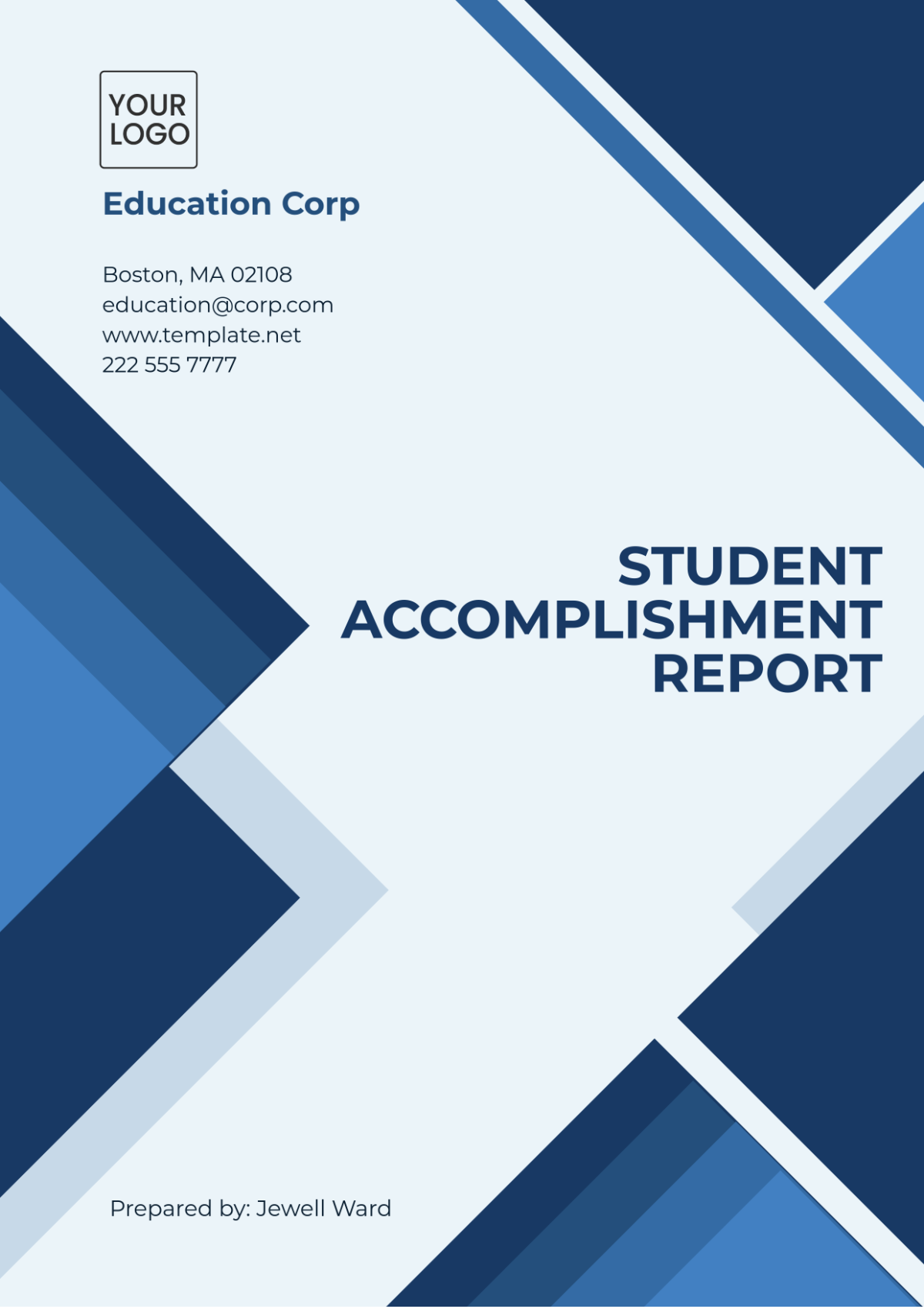Aesthetic Student Project Report
Prepared by: [YOUR NAME]
Introduction
The objective of this report is to outline the process and outcomes of an aesthetic student project undertaken by students at the Art and Design College. The project aimed to enhance students' understanding and application of aesthetic principles in practical art creations. This report will provide an overview of the project, methodologies used, student participation, and the project outcomes.
Background
The project was initiated as part of the college's curriculum to encourage students to explore the concept of aesthetics in art. Aesthetics, being a branch of philosophy dealing with the nature of beauty and artistic taste, plays a crucial role in artistic endeavors. Understanding aesthetics equips students with the ability to critically assess and improve their art.
Project Description
The aesthetic student project was designed to be both theoretical and practical. Students participated in workshops, lectures, and group activities, followed by the creation of an individual art piece applying learned aesthetic principles.
Project Goals
Enhance students' understanding of aesthetic theories and applications.
Foster creativity and personal expression through art.
Encourage collaboration and peer learning among students.
Methodology
The project was conducted over a semester with the following structure:
Week | Activity | Objective |
|---|---|---|
1 | Introduction to Aesthetics | Understand the basic principles of aesthetics. |
2-4 | Workshops and Lectures | Deep dive into aesthetics theory, famous works, and key industries. |
5-6 | Group Activities | Collaborate on mini-projects to apply aesthetic concepts. |
7-12 | Individual Project Creation | Develop a personal art project that reflects individual expression and learned aesthetics. |
13 | Project Presentation | Present individual projects to peers and faculty for feedback. |
Student Participation
Student involvement was a critical aspect of the project. They actively engaged in:
Attending and participating in lectures and discussions.
Collaborating in group activities to foster creativity through peer feedback.
Independently developing art pieces using theoretical knowledge and experimental techniques.
Outcomes
Creative Works
The project resulted in diverse and expressive art pieces showcasing students' understanding of aesthetics. These works varied in medium, including painting, sculpture, digital arts, and mixed media.
Learnings and Feedback
Through the course of this project, students learned the importance of aesthetic principles in creating impactful art. Feedback from faculty and peers highlighted areas of strength and opportunities for improvement in future projects.
Conclusion
The Aesthetic Student Project was a comprehensive initiative enhancing students' aesthetic knowledge and artistic expression. The incorporation of both theoretical and practical components equipped students with critical skills necessary for their future artistic pursuits.
Future Recommendations
To further build on this successful project, it is recommended that future courses increase focus on contemporary aesthetics trends and techniques. Continued encouragement of collaboration among students will also enrich the learning experience.
References
For this project, various resources on aesthetic theory and art history were utilized, alongside master classes from accomplished artists providing insights into the application of aesthetic principles in contemporary art.

















































